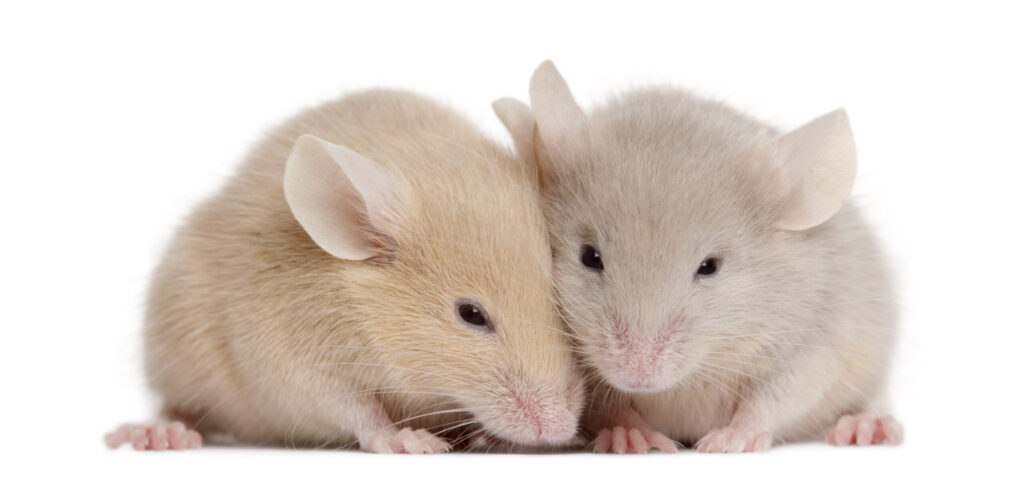Scientists Create Mice with Two Male Fathers for the First Time
By James Pebenito • March 20, 2023
Scientists Create Mice with Two Male Fathers for the First Time
Scientists have successfully made baby mice using genetic material from two male mice in a pioneering experiment. This is the first time such a feat has been accomplished, and it raises the prospect that similar techniques will be employed in the future to help people have biological children.
The work comprised the laboratory transformation of male mouse stem cells into female cells. Scientists were able to make mice with genetic material from two male mice by using this method. While the experiment represents a significant advancement, it is vital to emphasize that only a few mouse embryos grew into living mice.

Despite this restriction, the researchers believe their findings could open the path for new fertility treatments and reproductive possibilities for same-sex couples. According to the principal author of the study, Dr. Yi Zhang of the University of Chinese Academy of Sciences, “this technology sets the framework for extending comparable tactics to other mammalian species, including humans.”
Although the use of such procedures to help people have biological children is still a remote prospect, this breakthrough has important ramifications. For instance, it could provide an alternative to the use of donor eggs in fertility treatments, thereby circumventing certain ethical and legal concerns associated with such procedures.
It should be noted, however, that many concerns remain to be solved before this technique may be used to humans. The researchers stress that it is still unknown if the same strategies that were effective in mice would also be helpful in humans and that additional research is required to fully comprehend the implications of their findings.
This discovery represents a substantial advance in the field of reproductive biology and paves the way for new opportunities in fertility treatments and genetic research. Despite the fact that there is still much to learn, the potential applications of this approach are incredibly interesting.



